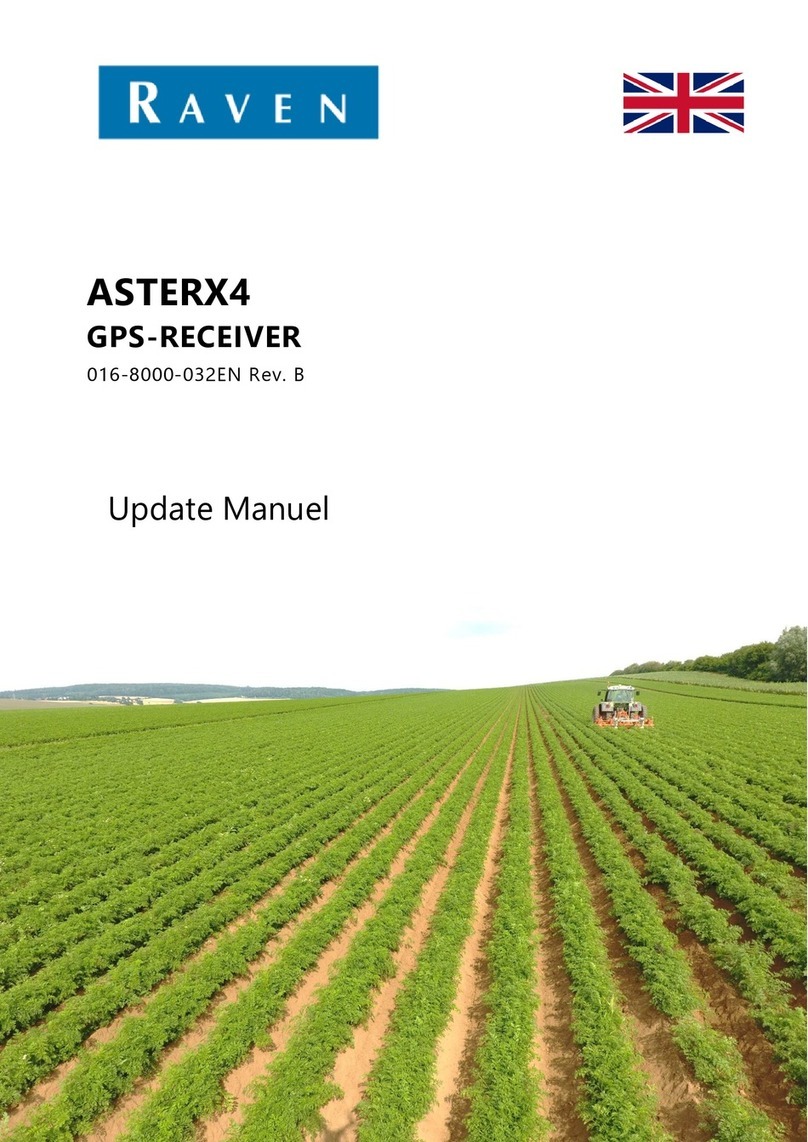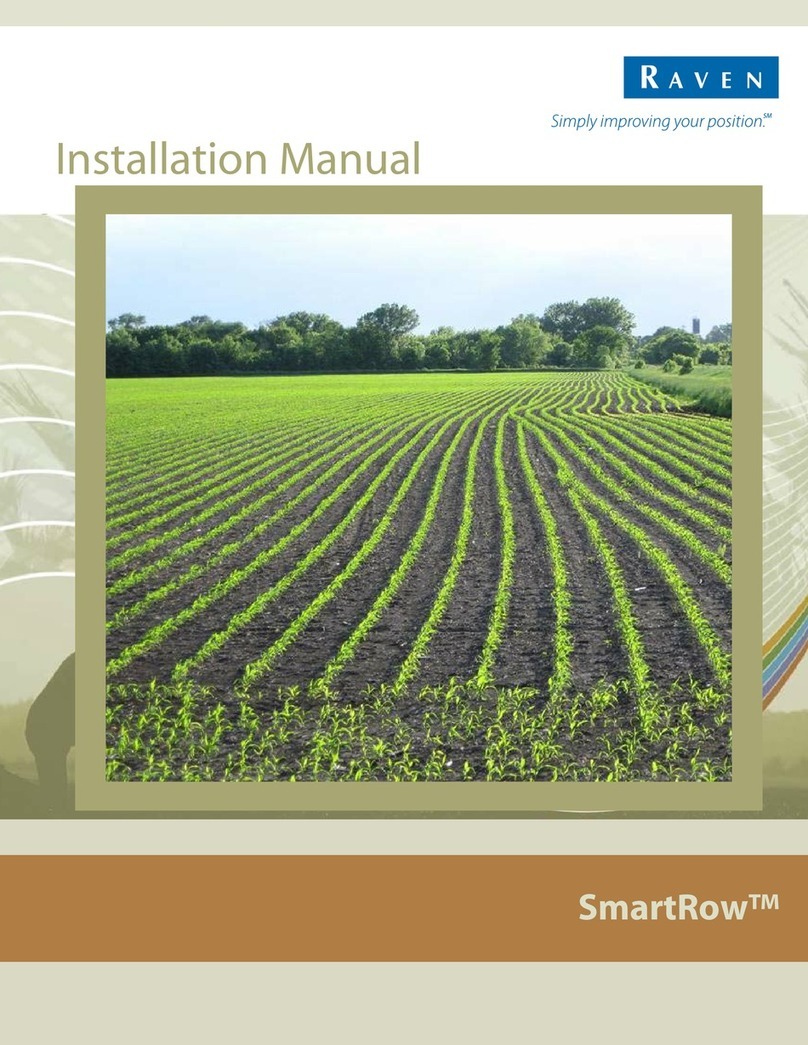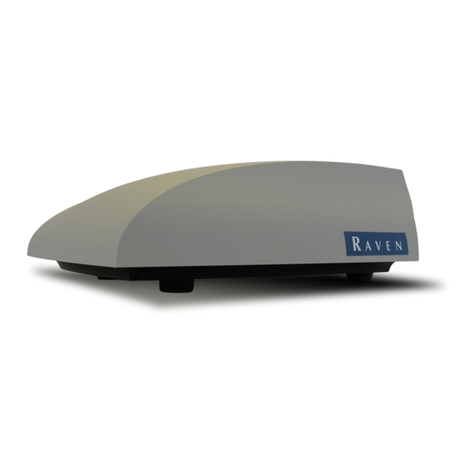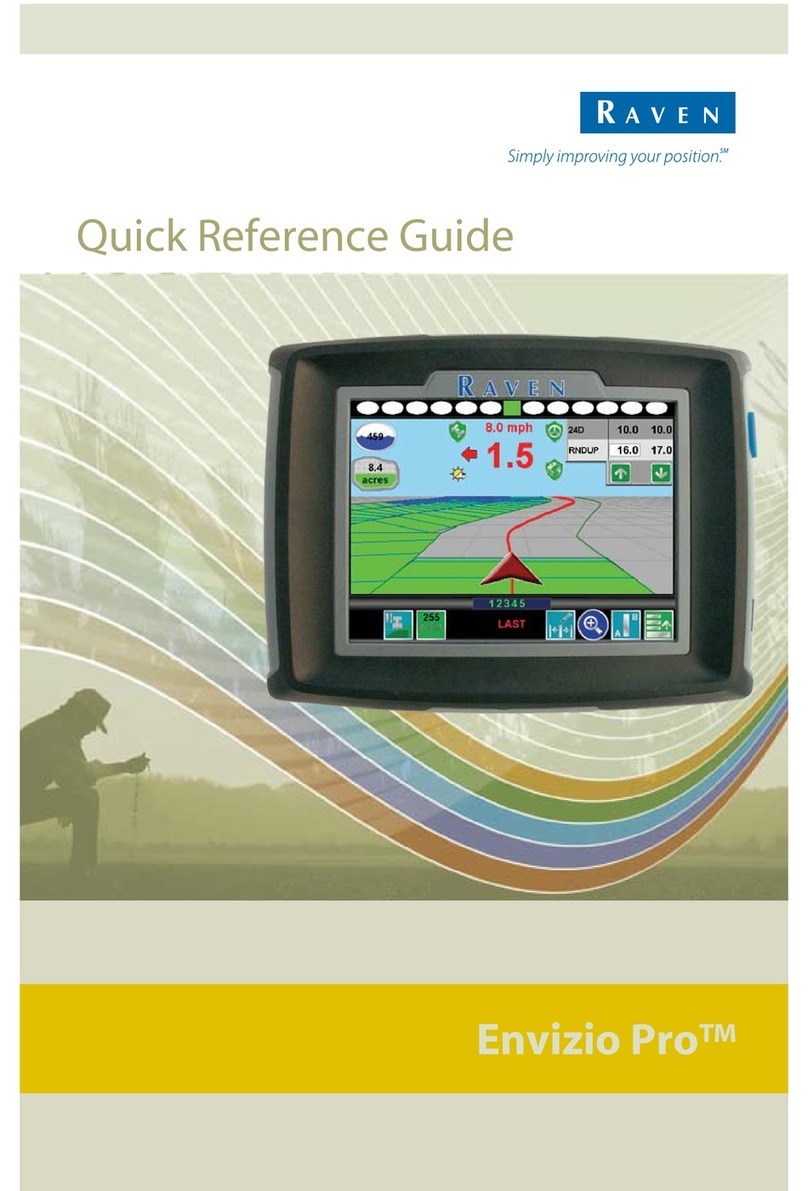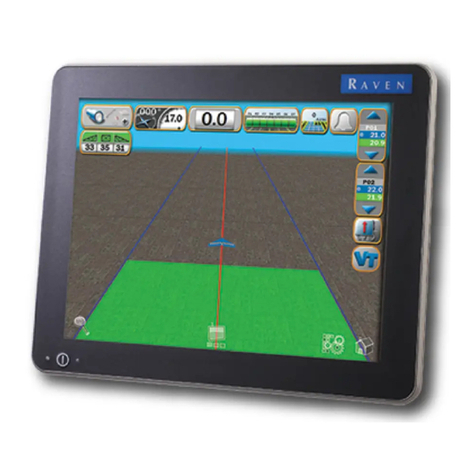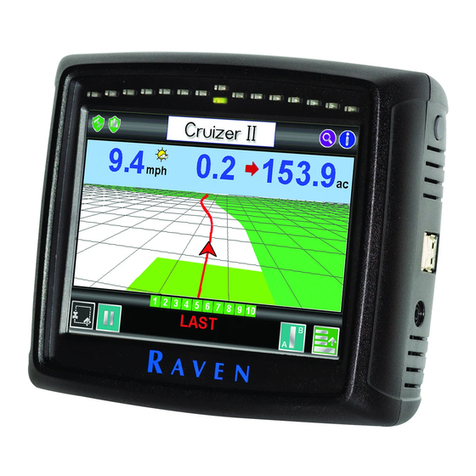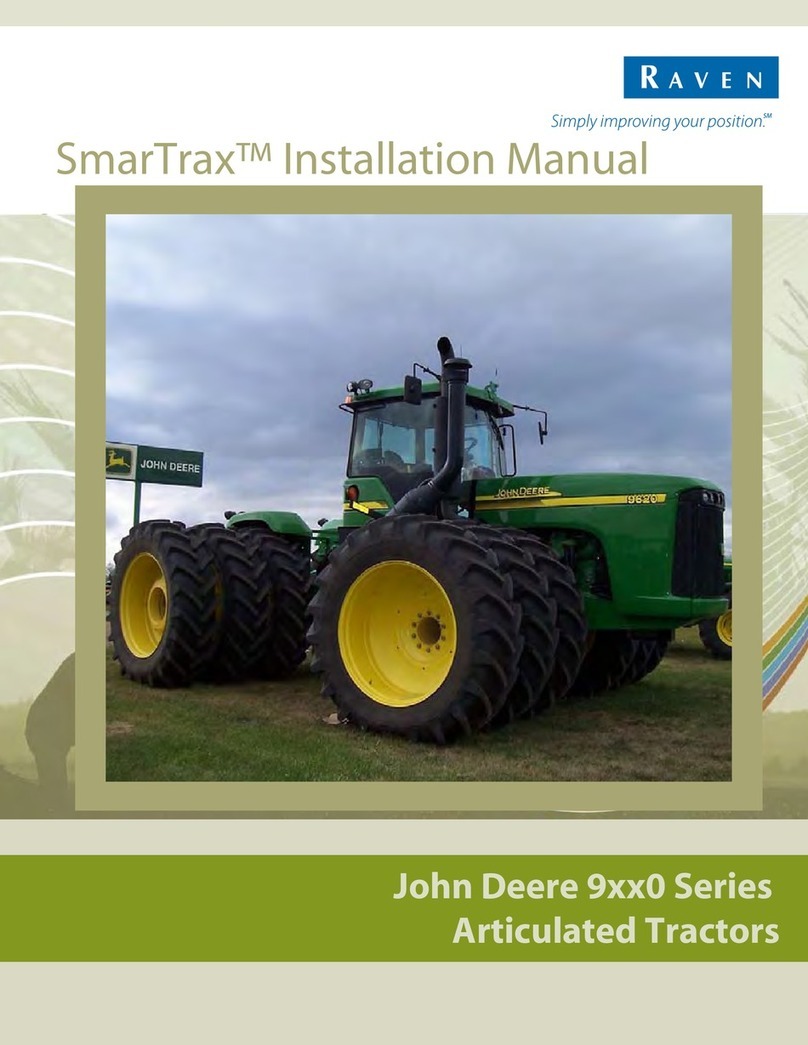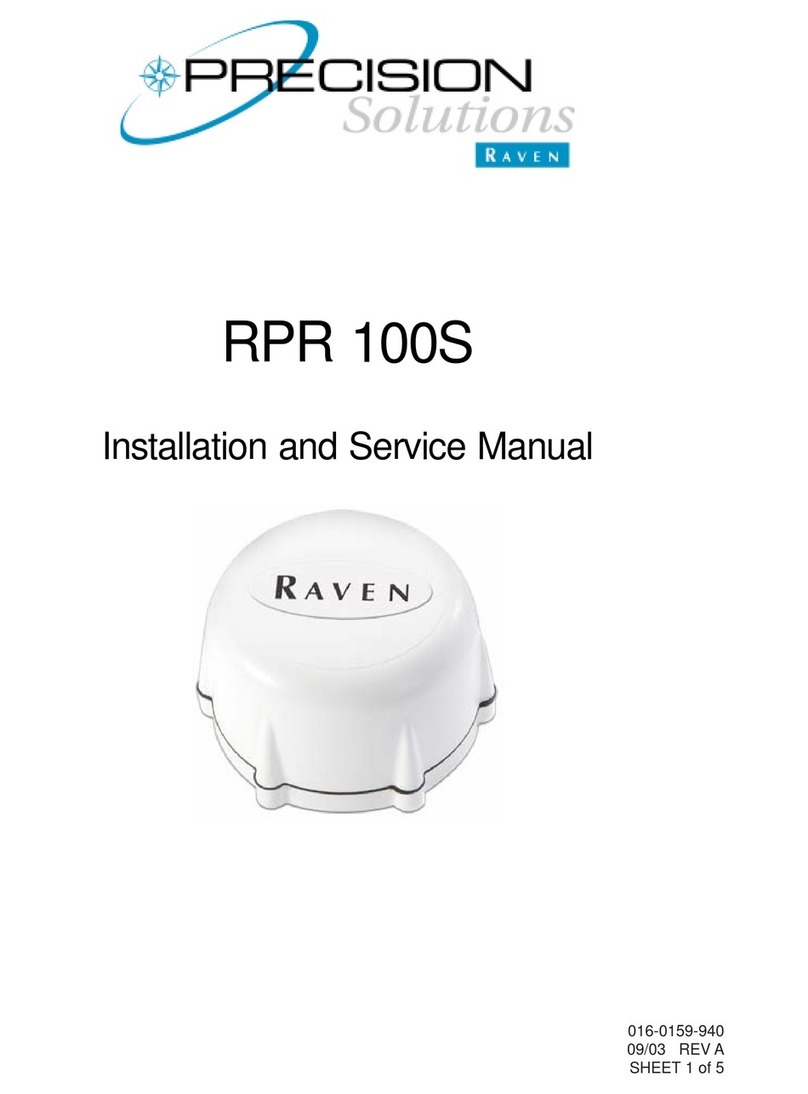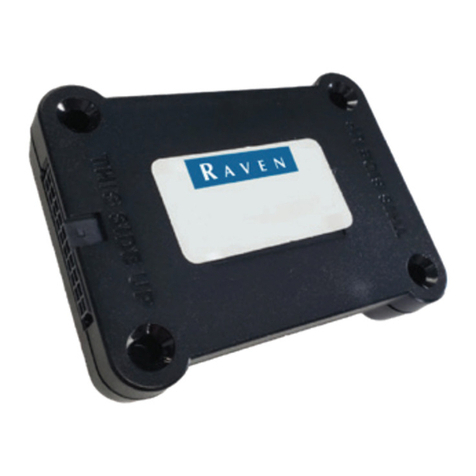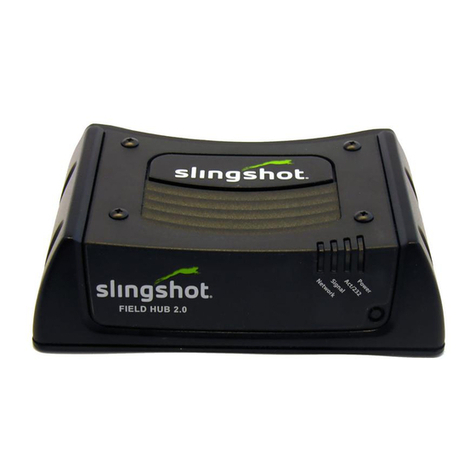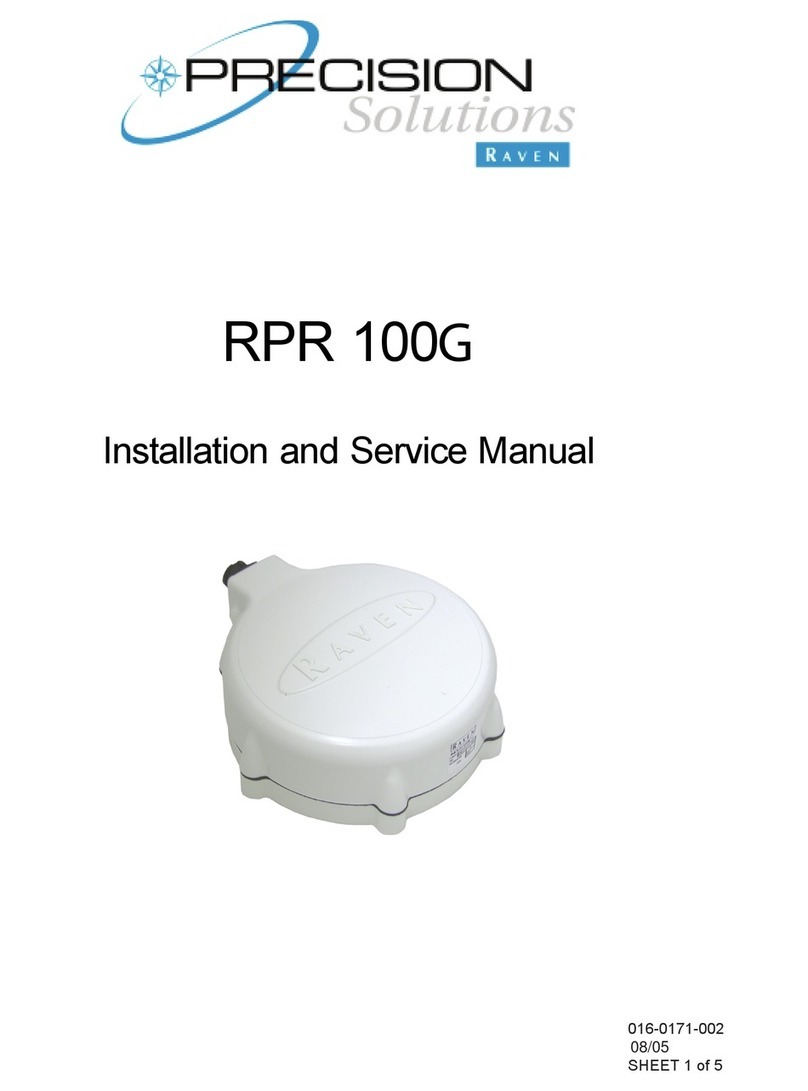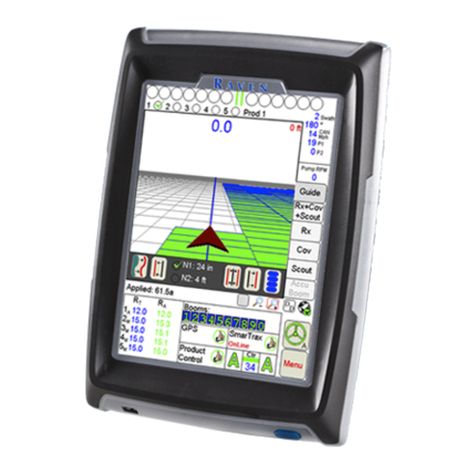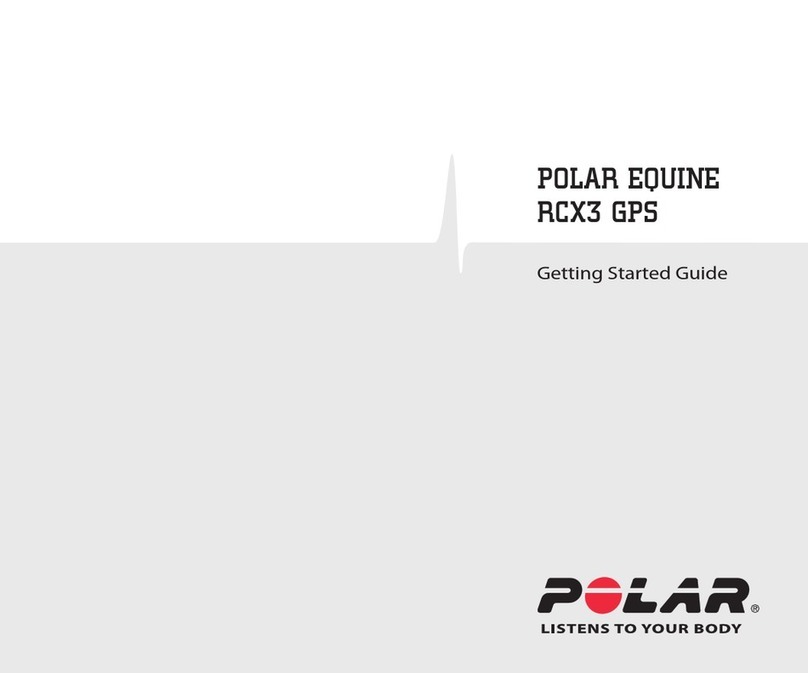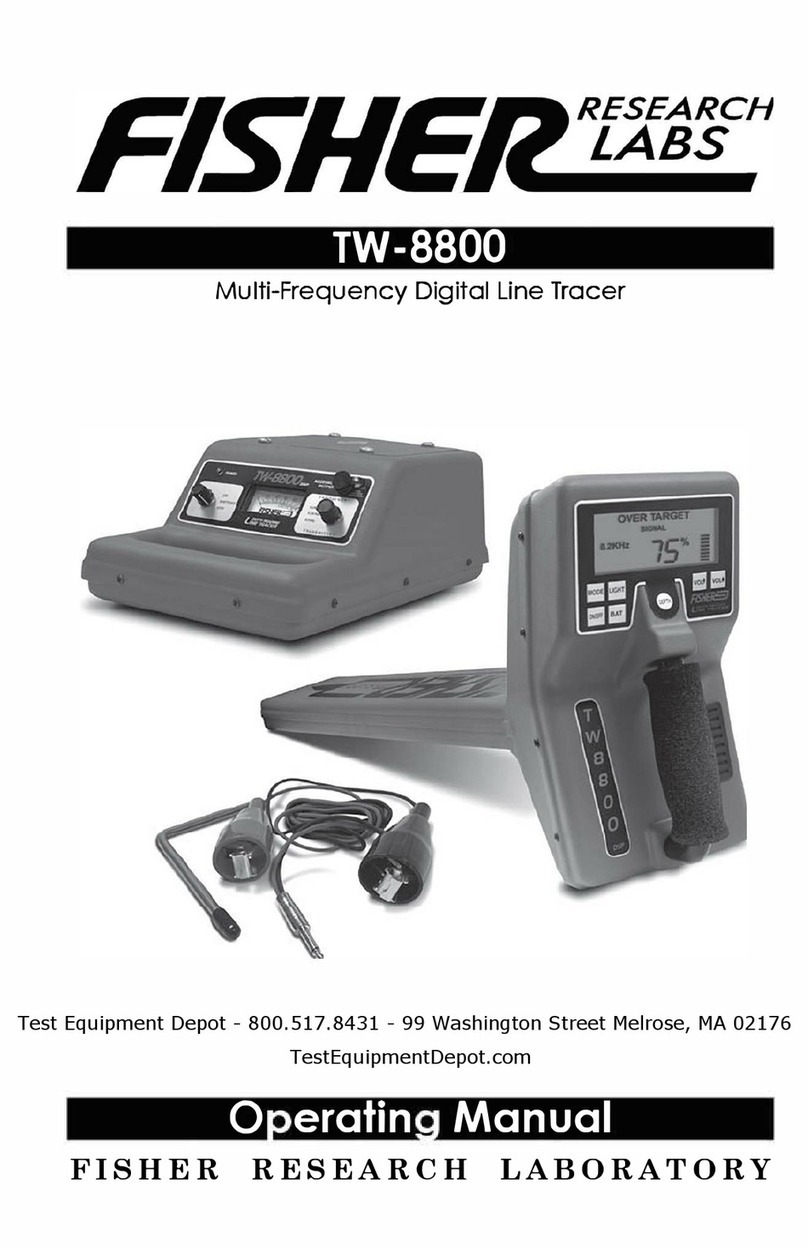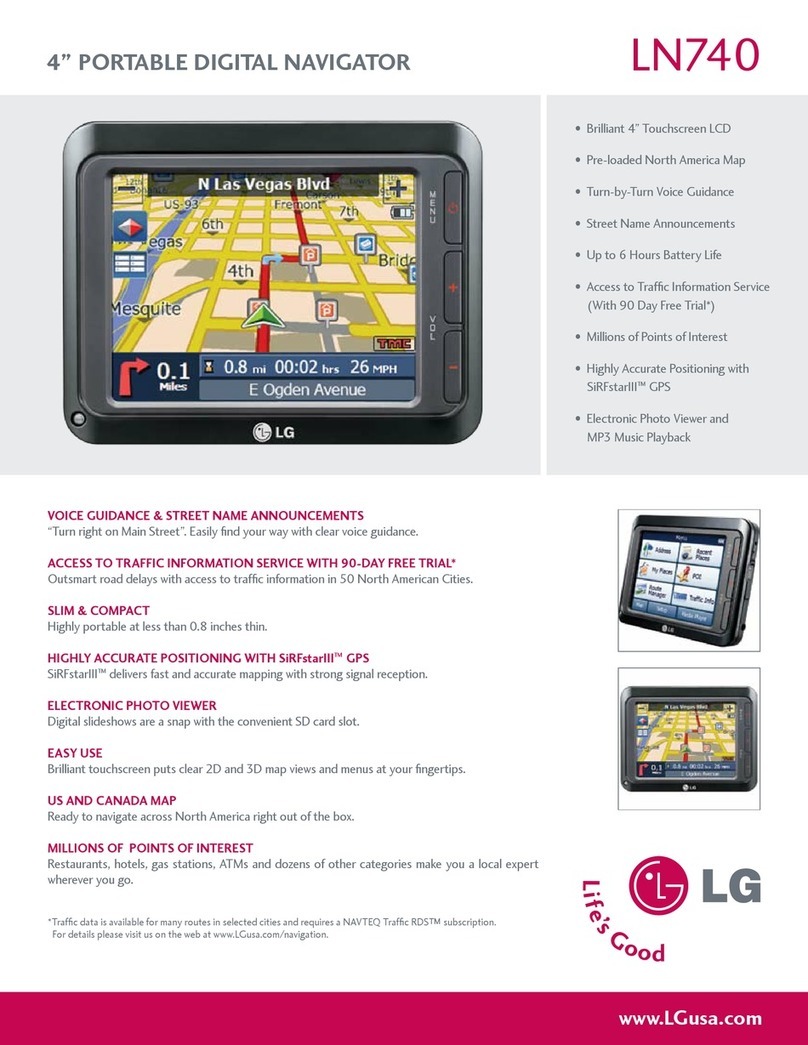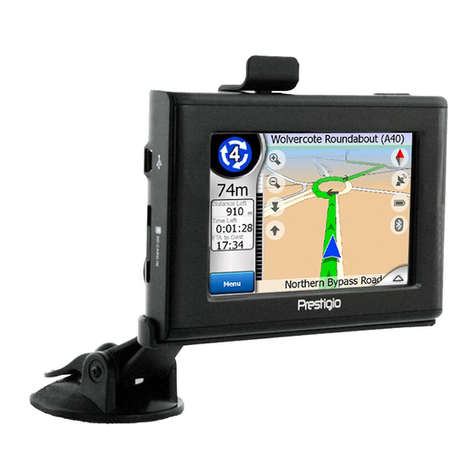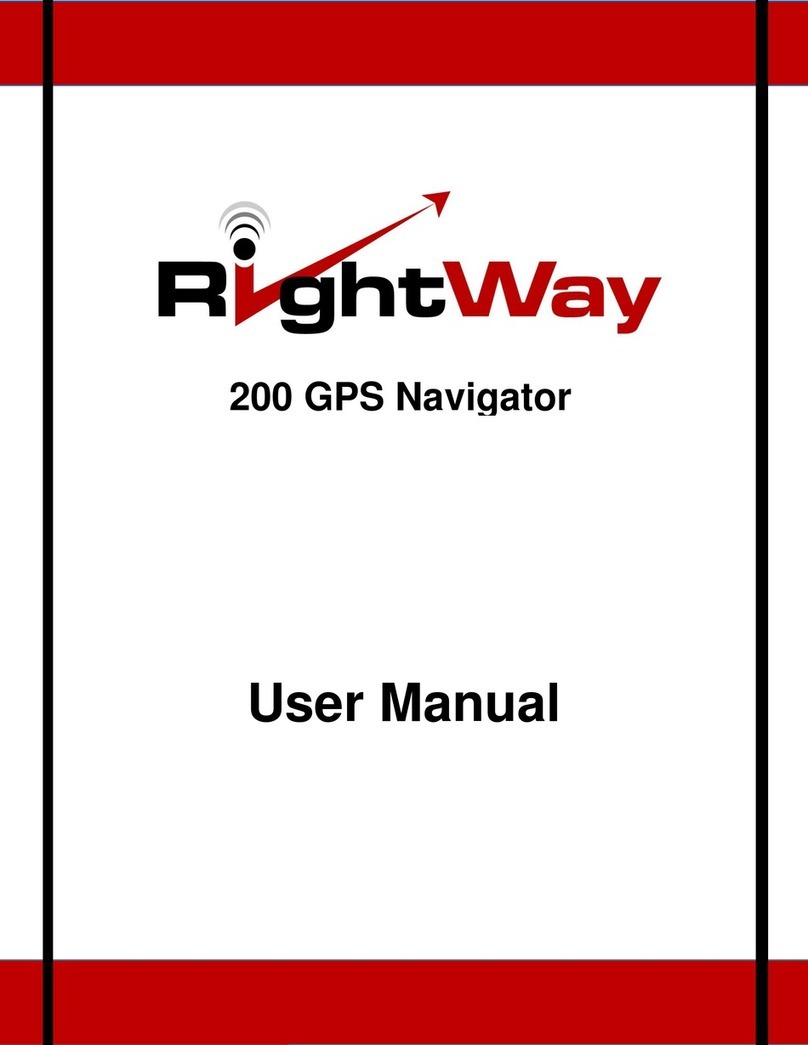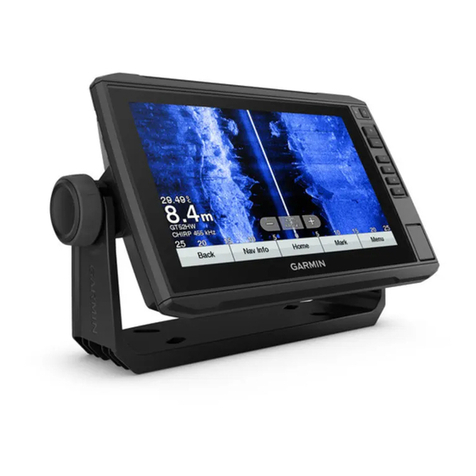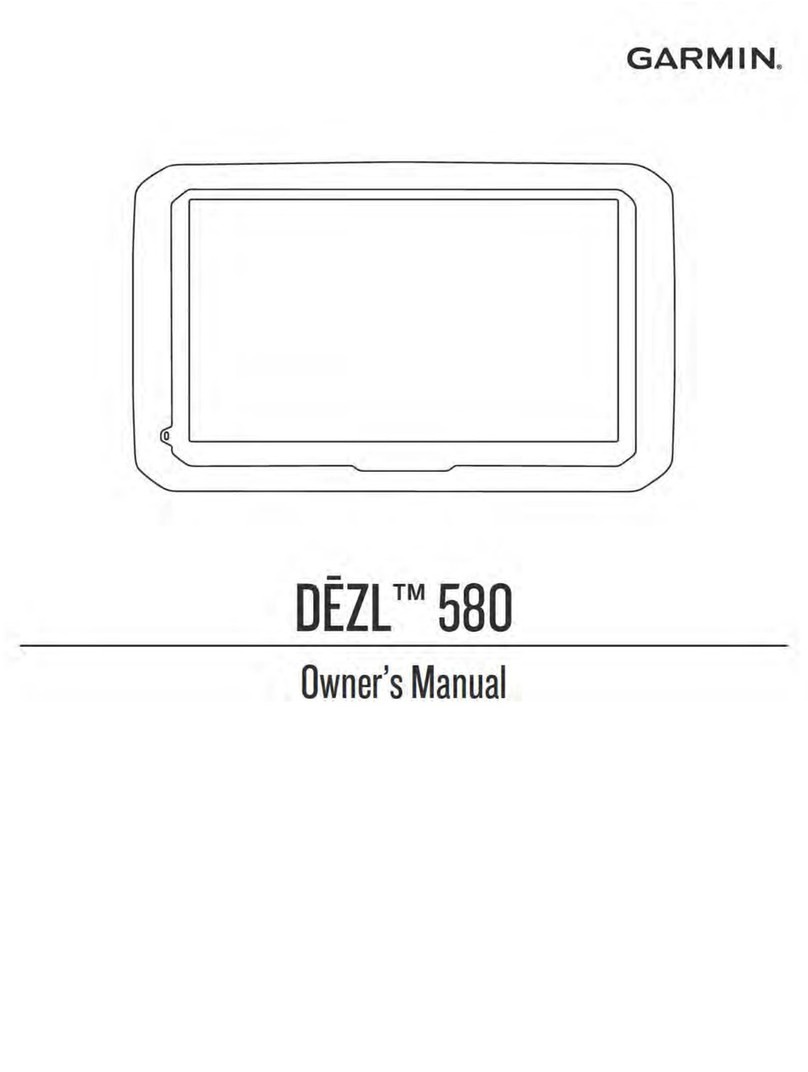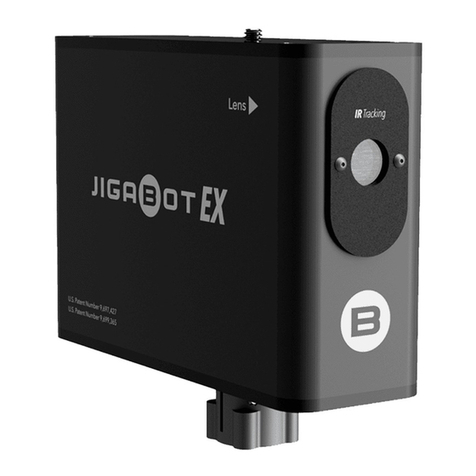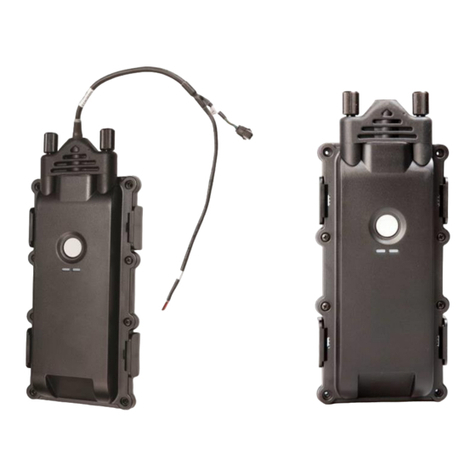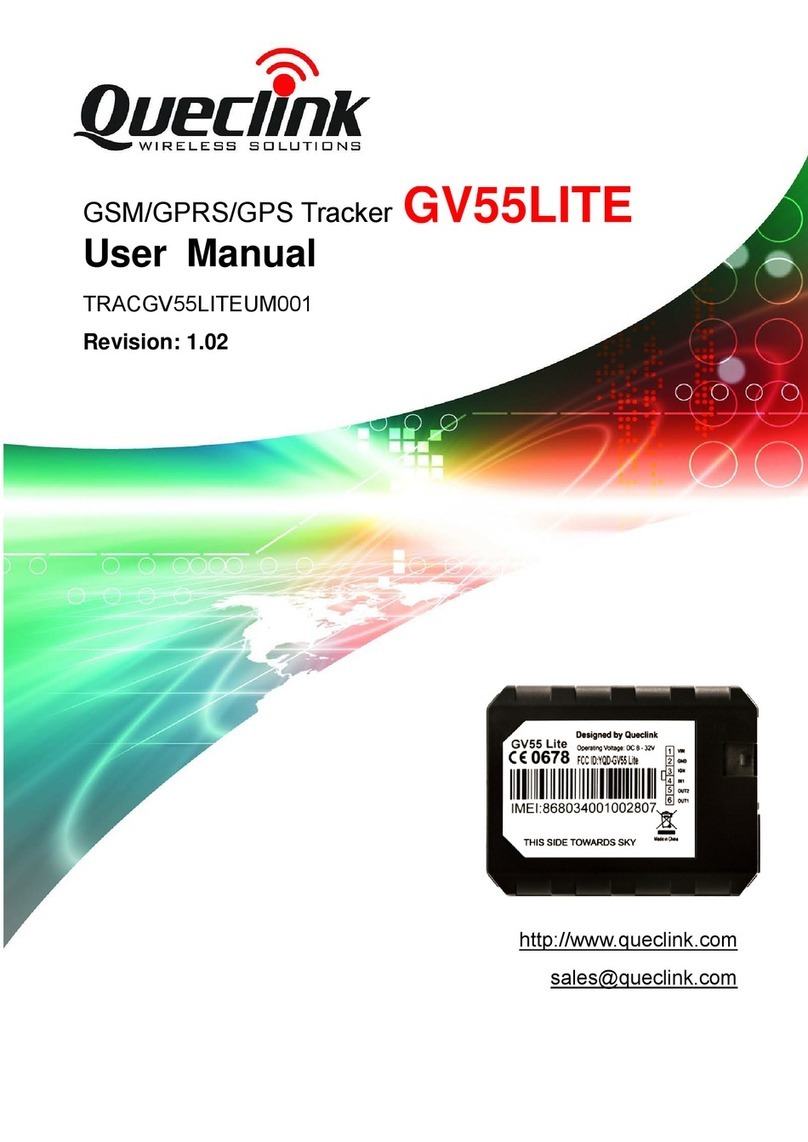
3
INTRODUCTION
The Raven RPR 110 GPS receiver provides highly accurate and reliable DGPS
navigation using WAAS satellite based DGPS corrections. This receiver is ideal
for GIS, precision farming or any other application where a high performance,
rugged, and simple to operate receiver is required.
FUNCTIONAL DESCRIPTION
The Raven RPR 110 is a 10 channel high-performance GPS receiver with a built-in
DGPS correction receiver. You can select the built-in WAAS receiver or use an
external RTCM source for your DGPS corrections. You can even let the receiver
automatically select its correction source by using the auto DGPS input mode
DGPS corrections are needed to improve the accuracy of standard GPS. If you
operate without DGPS corrections, the accuracy will be about 4 meters RMS. This
means the receiver would have an accuracy of about 12 feet in any direction 67% of
the time, or about 24 feet 95% of the time. Prior to the government turning off
Selective Availability (SA), this error was 100 meters RMS. With DGPS corrections,
the receiver can give you positions with a RMS accuracy of 1.4 meters, about 4
feet. If the receiver is operated with a DGPS correction source like USCG or
OmniStar service the accuracy would be about 3 feet (sub-meter) RMS.
Accuracy depends on many factors including the correction method and your range
from the source. With systems like OmniStar the range from reference station is
not as major a factor as it is for the USCG or WAAS systems. We are primarily
concerned with WAAS as the 110 is designed to use this as the primary source of DGPS
corrections. Considering that today there is a limited number of WAAS reference
stations, the accuracy will vary from about 1 meter to 1.4 meters RMS depending on
your location.
In addition to improved accuracy, DGPS corrections keep the calculated position
from jumping around when the receiver loses or picks up a new satellite. Without
DGPS these common occurrences will cause the position to suddenly jump to a new
point. Applications such as crop guidance will see accuracies of about 0.75 feet
RMS swath to swath when in WAAS DGPS. In this application the DGPS correction
source is critical, you don’t want the position to jump around while your spraying
a field.
For the functional description we can break the RPR 110 into several parts. Each
is described in the following sections.
GPS RECEIVER
The RPR 110 GPS receiver can generate real-time position solutions at a rate of 5
solutions per second. You can purchase an option that enables the 110 to output up
to 10 solutions per second. Position solutions are output via RS232 in NMEA
format messages.
The RPR 110 has two RS232 ports and can communicate at 1200, 2400, 4800, 9600,
19.2K, or 38.4K BPS on either/both port(s). The baud rate and the desired output
messages can be configured via the serial port using configuration messages.
NMEA format messages are standard for most GPS receivers and therefore should be
compatible with almost any software or hardware application designed to work with
GPS.
